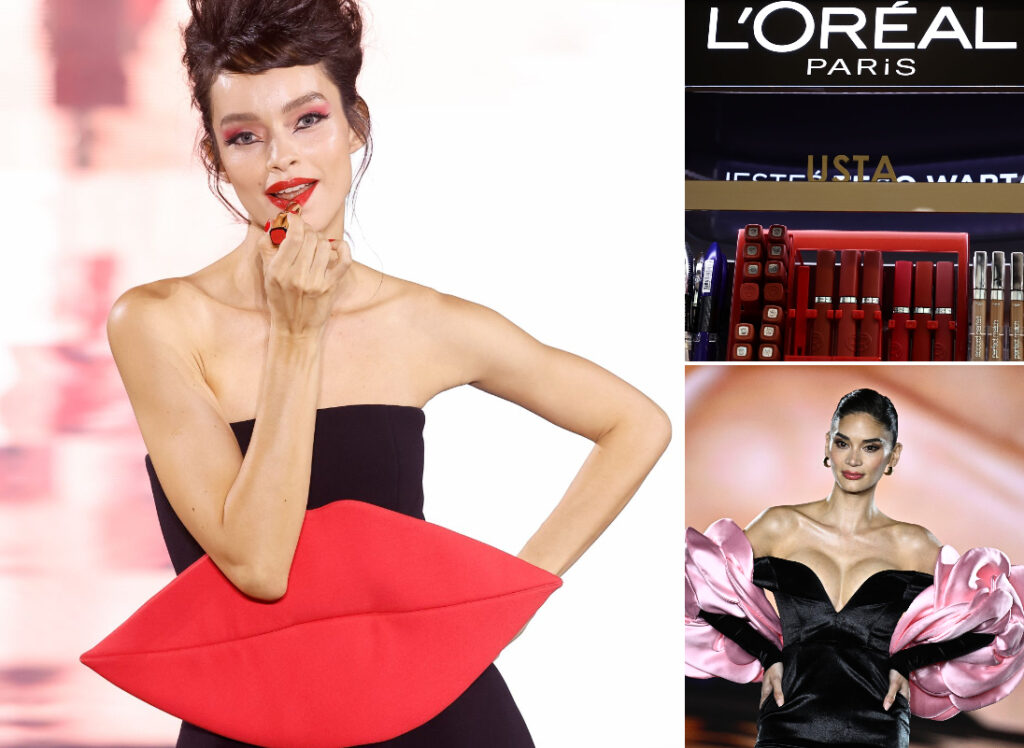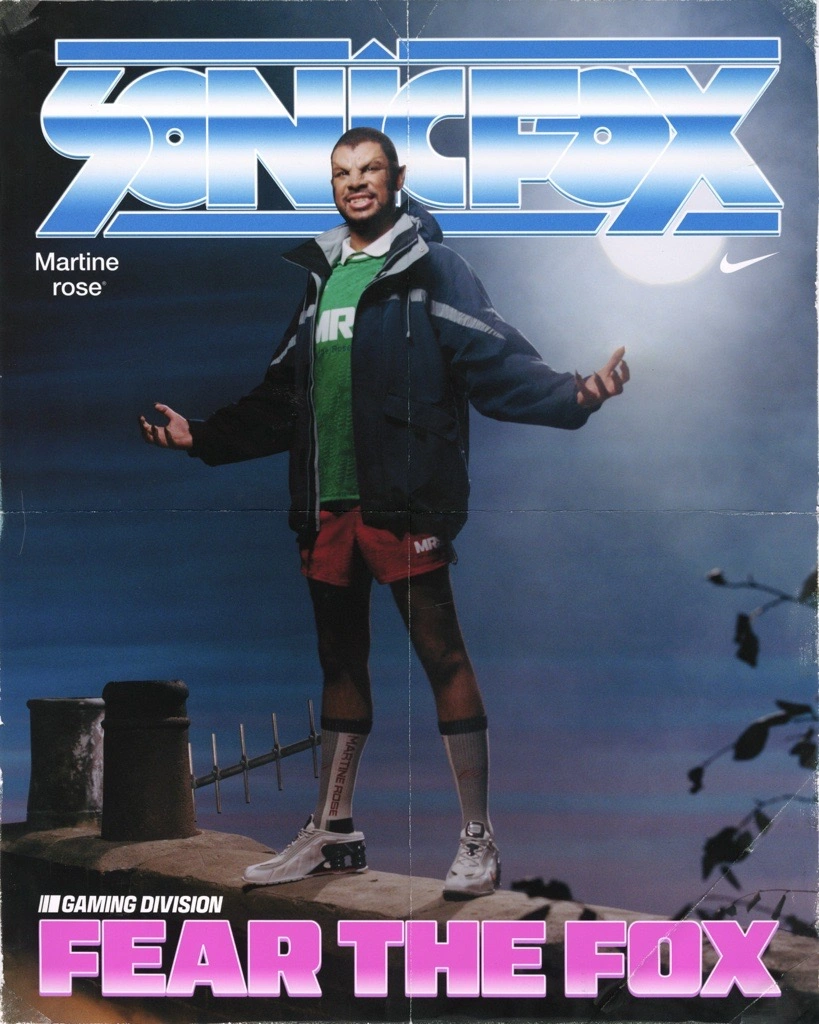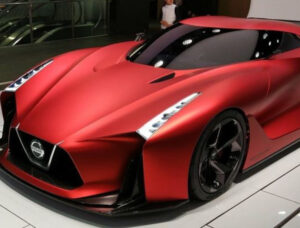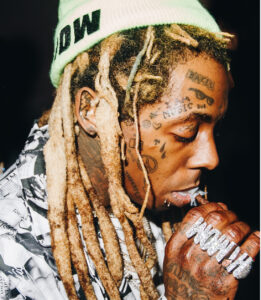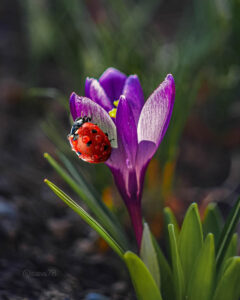L’Oréal, the world’s largest cosmetics company, reported a 3.5% year-on-year increase in first-quarter revenue, driven by robust sales in fragrance and haircare across key global markets. The French beauty giant posted total group revenues of €11.24 billion in Q1 2025, up from €10.86 billion during the same period last year.
The gains reaffirm L’Oréal’s position as a global bellwether in beauty and personal care. But despite the solid top-line growth, Group CEO Nicolas Hieronimus cautioned investors and analysts about “turbulence ahead,” referencing the growing impact of global tariffs, particularly in Asia and North America.
The mixed messaging reflects a company operating with confidence in its product portfolio and consumer appeal, yet bracing for the unpredictable realities of global trade, shifting regulations, and changing consumer behavior.
Fragrance and Haircare Lead the Way
L’Oréal’s first-quarter performance was driven by two primary categories: fragrance and haircare, both of which posted high single-digit growth across multiple geographic zones.
In fragrances, prestige lines like Yves Saint Laurent’s Libre, Maison Margiela’s Replica, and Lancôme’s Idôle saw strong uptake, particularly in Western Europe and North America. The company continues to benefit from its investment in scent-based brand storytelling and immersive retail activations.
Meanwhile, L’Oréal’s haircare segment also outperformed expectations, bolstered by increased demand for professional salon products, as well as consumer-facing brands like Elseve, Kérastase, and Redken. Notably, sales were strong in Latin America and South Asia, where rising middle-class incomes and grooming trends have expanded the customer base.
“Our performance in Q1 reflects the power of our diversified portfolio and our ability to respond to consumer needs across all beauty categories,” said Hieronimus in a statement. “Fragrance and haircare in particular are seeing consistent demand as consumers continue to seek both daily essentials and expressive, premium experiences.”
A Closer Look at the Numbers
Here’s how L’Oréal performed across its four main divisions in Q1:
1. L’Oréal Luxe (Prestige Division)
- Revenue: €3.74 billion
- Growth: +4.9% year-on-year
- Highlights: YSL, Armani Beauty, and Kiehl’s led the way in fragrance and skincare.
- Notes: China showed signs of rebound after sluggish demand in late 2024, though volatility remains.
2. Consumer Products Division
- Revenue: €3.45 billion
- Growth: +3.2%
- Highlights: Solid sales in L’Oréal Paris and Garnier, especially in haircare and mass-market skin products.
- Notes: E-commerce continues to drive volume, especially in Latin America and India.
3. Active Cosmetics (Dermocosmetics)
- Revenue: €1.78 billion
- Growth: +2.7%
- Highlights: Vichy and La Roche-Posay gained traction among younger consumers for their dermatological credibility.
- Notes: Increased presence in pharmacy channels helped offset slowing U.S. performance.
4. Professional Products Division
- Revenue: €2.27 billion
- Growth: +3.1%
- Highlights: Return to salons in post-pandemic markets led to strong orders for Kérastase and Matrix.
- Notes: North America remained steady, while Brazil and Southeast Asia saw accelerating growth.
E-commerce and Travel Retail: A Double-Edged Sword
L’Oréal’s e-commerce operations, which the company refers to as the “beauty tech ecosystem,” now account for nearly 30% of total global sales. Q1 saw a double-digit increase in direct-to-consumer (DTC) transactions, particularly in Asia and Europe.
“Digital is not an add-on; it’s a core growth driver,” said Hieronimus on the Q1 earnings call. “We’re investing heavily in personalization, AR-powered try-on tools, and live-streaming to keep pace with how consumers explore and purchase beauty today.”
However, the travel retail channel, once a major driver of luxury sales, continues to face headwinds, particularly in China and South Korea. A combination of shifting travel patterns, regulatory changes, and currency fluctuations has slowed the post-COVID rebound.
Still, L’Oréal remains optimistic that as global tourism continues its steady return, the travel retail segment will gradually normalize.
The Tariff Tension: CEO Warns of Global Trade Pressures
Despite the quarter’s overall positivity, Nicolas Hieronimus issued a clear warning: global trade dynamics are becoming increasingly unpredictable.
“While our performance remains resilient, the macroeconomic environment is becoming more challenging due to increased tariff measures in several key markets,” he said. “In particular, U.S.-China and EU-Asia trade tensions are creating cost pressures and logistical uncertainty across the supply chain.”
The European Commission’s investigation into Chinese beauty imports, coupled with recent U.S. retaliatory tariffs on certain European luxury goods, could impact L’Oréal’s cost structure in the quarters ahead.
L’Oréal sources ingredients, packaging, and finished products from multiple regions—an advantage in terms of flexibility, but one that makes it sensitive to policy shifts. While the company has historically navigated geopolitical risk well, there is growing concern that new tariffs could force pricing changes or margin pressure by mid-2025.
Global Market Performance: Mixed Picture
L’Oréal’s geographic results paint a patchwork of strength and softness, reflecting the complex global economy.
- North America: Solid growth in fragrance and dermocosmetics, driven by Gen Z and millennial shoppers in both retail and online.
- Western Europe: Continued recovery, especially in the U.K., Spain, and Germany. France remained flat.
- North Asia: Japan rebounded, but mainland China remained volatile, with ongoing consumer caution and regulatory complexity.
- South Asia Pacific, Middle East & Africa (SAPMENA): Strong performance in India, the UAE, and Southeast Asia. SAPMENA is now one of the fastest-growing zones.
- Latin America: One of the best-performing regions, with Brazil and Mexico showing double-digit growth in both professional and mass-market categories.
Sustainability and Innovation on the Agenda
L’Oréal also used its Q1 update to emphasize progress in sustainability and product innovation—both of which are increasingly important to its consumer base and investor stakeholders.
Notable Q1 milestones included:
- Launch of biodegradable formulas in the Garnier line
- Increased use of recycled PET in packaging across several product families
- Pilot expansion of L’Oréal Water Saver, a salon-focused device that reduces water usage by up to 60% during hair treatments
- Introduction of AI-powered dermoskin consultations in partnership with dermatologists and tech labs
Hieronimus confirmed that these initiatives are part of the company’s larger L’Oréal for the Future 2030 program, which sets targets for emissions, circular economy models, and biodiversity.
“Being the global beauty leader means leading responsibly,” he said. “Consumers are demanding both performance and purpose, and we’re committed to delivering both.”
Outlook: Steady Growth Amid Uncertainty
Looking ahead, L’Oréal maintained its guidance for mid-single-digit growth in full-year 2025 revenues, but signaled that Q2 may bring volatility, particularly around tariffs and consumer sentiment in Asia.
The company said it expects continued strength in fragrance, haircare, and e-commerce, while closely monitoring pressure on luxury retail, travel retail, and margins.
Analysts remain largely positive. “L’Oréal has shown time and again that it can outperform even in choppy waters,” said Sophie Lemaitre, an equity analyst at BNP Paribas. “As long as innovation and digital leadership remain strong, the fundamentals are solid.”
Still, the headwinds are real. Inflation, geopolitical instability, and changing trade policies could test even the most agile players. For now, though, L’Oréal’s Q1 performance reflects a company that’s not just weathering change—but shaping the future of beauty in real time.
Key Financials — L’Oréal Q1 2025
- Total Revenue: €11.24 billion (+3.5% YoY)
- L’Oréal Luxe: €3.74 billion (+4.9%)
- Consumer Products: €3.45 billion (+3.2%)
- Active Cosmetics: €1.78 billion (+2.7%)
- Professional Products: €2.27 billion (+3.1%)
- E-commerce Share: ~30% of total global sales
- Top Categories: Fragrance and Haircare
CEO: Nicolas Hieronimus
Stock Ticker (Euronext Paris): OR
Current Market Cap: Approx. €225 billion
Founded: 1909, France
Headquarters: Clichy, Hauts-de-Seine, France
No comments yet.

